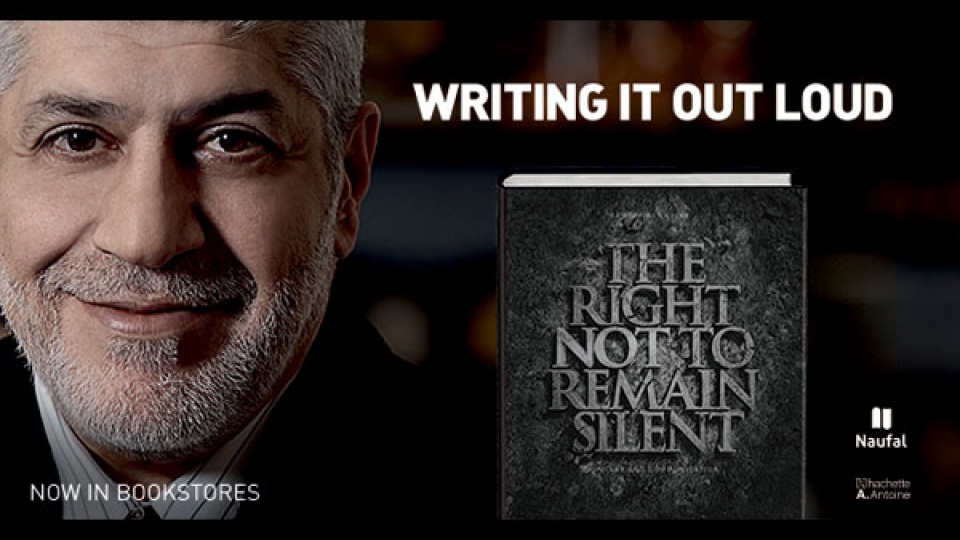Overview
The Right Not To Remain Silent: Judiciary and Communication is the second in a series of interrelated books that specialize in media and communication. The book highlights the complementarity between media and communication on one hand and the most noble of human achievements on the other: law and the judiciary system. The purpose of the book is to lift the curtain on the relationship between the judiciary and media, as it is imperative to explore the judiciary’s approach to media and communication. How does the judiciary “use” the media? How and why does it use it? Is its approach up to par with modern time technology? How can the judiciary justify the saying that not knowing the law is no excuse if it does not use communication, media, and advertising to inform the public of the law? How can “idiots” avoid falling in the trap of ignorance without media and communication? The book hopes to spark dialogue and debate around the purpose and mission of media and communication, and its organic relationship with the judiciary.
The History of the Judiciary Key: milestones from birth until present day
Chapter 1 provides an objective historical account of the birth and evolution of the judiciary system since the dawn of humanity. The chapter tackles the different dimensions that bring together the judiciary and the establishment and development of laws in ancient and modern societies and the root of their enforcement and evolution into a governance system and independent power.
The Judiciary and Media throughout History: When the hushes silence meets a resounding uproar
Chapter 2 follows the same approach as Chapter 1 and is dedicated to media as it determines, throughout time, the different instances when the judiciary and the media crossed paths.
The Dualities of the Judiciary and the Nuances of Media
Chapter 3 follows another methodology that we innovated in the previous book, and which looks into the dualities or different faces of the judiciary, with the aim of highlighting the minute and sometimes microscopic nuances between its different folds while comparing it to media where possible.
Judiciary and Media: Code of ethics and professional practice
Chapter 4 examines the daily practices of the judiciary to determine the ideal specifications of a judge and lawyer, leading up to the professional charters that characterize similar professions. The chapter also explores the ethical and professional standards that safeguard the independence and immunity of the judiciary, in light of the principle of the two powers working separately as watchdogs against corruption, oppression, injustice and crime.
Why does the judiciary communicate? Sample Communication Strategy of the Judiciary
Chapters 5 and 6 present a complete coming together between the judiciary and media and communication through a pioneering look into the challenges faced by the judiciary as well as best practices when it comes to its communication. We thus present a practical breakthrough in terms of developing a full-fledged communication strategy for the judiciary, aimed at harnessing the power of media and communication.
A Virtual World where the Present Judges the Past: Judging trials of the past with the science, technology, and notions of the present
Chapter 7 concludes with a final chapter that simulates different judicial cases with the aim of shedding light on the full integration between media’s role and the judicial body. Through objective and scientific conjecture, the chapter provides virtual and hypothetical rulings that account for the interaction of these cases with technology and media. Finally, the chapter explores how we can harness technological advancements and institutional immunity for the sake of refining the judiciary’s performance, upholding justice, and immunizing it against sensationalism and populist and emotional pressure.
Media Reviews
"Books about the judiciary are usually boring. This book is the opposite. It is novel in both topic and approach and reads like a suspense novel. Facts, stories, historical references have constructed a puzzle of two pieces by amalgamating these - at least in our mind till now - disjointed practices. Whether the objective is to learn, or just for pure pleasure, this book is a must to read."
- L'Orient Le Jour
- Al Akhbar
- The Daily Star
- Al Joumhouria
- As-Safir
- Al-Anwar
- Al-Liwaa
- Al Moustakbal
- Al Akhbar
- AnNahar
- Arab Ad
- Amar Beirut
- Al-Moudon
- Hayda 7akeh
- MTV prime news
- MTV Alive
- Kalam Al Ness
- 3ouyoun Beirut - Orbit

